
Brand naming
As many know, there is a profession of nomenclature strategy—people who “name” things. It’s an intriguing meditation, given ancient character of the concept of the name, which as the tradition of antiquity proffers, speaks literally to the true nature of a thing.
That is—starting with Semitic “naming” traditions—if you speak the name of a “thing,” you call its presence into being. While some might think this voices witchcraft, it goes far further back into the gathering mists of a pre-Christian, deeper time—where words had immanent power. I recall, in an earlier collegiate study of etymology, I was exposed to this idea in the beginning of a dictionary, in the foreword. In this opening observation, the author references the notion of “taboo” words, a voicing of a thing that must not be spoken—specifically, his study was of the history of the word for bear.
Another linguist—an Atlas Obscura writer—points it out this way:
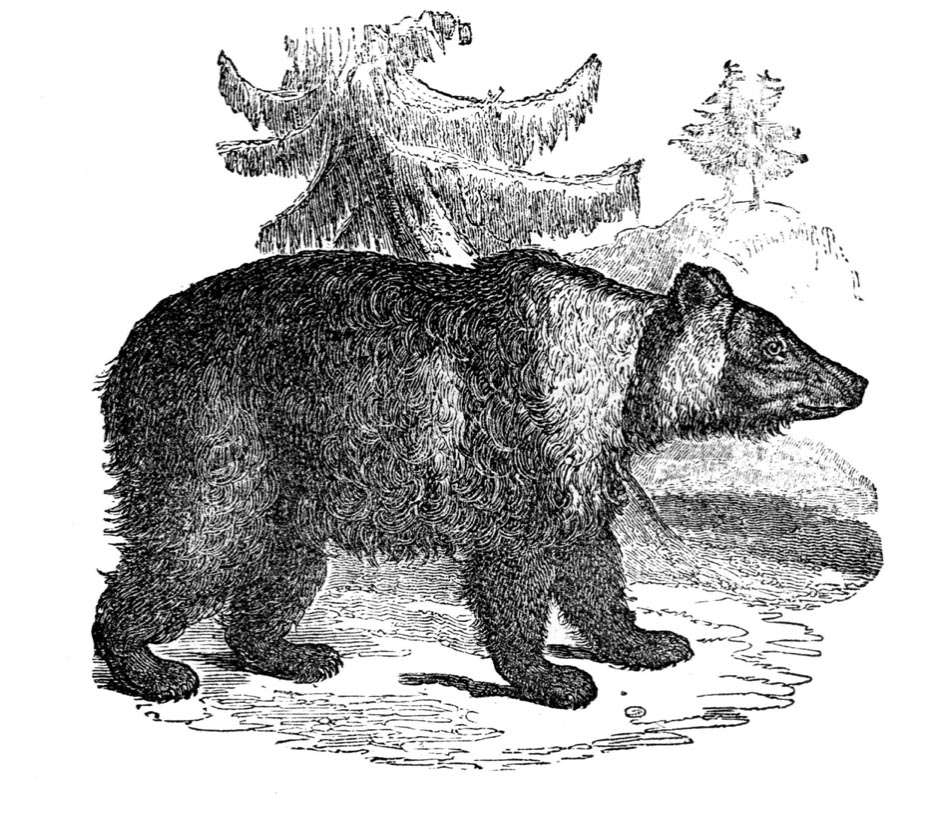
“Bear” is not the true name of the bear. That name, which I am free to use because the only bear near where I live is the decidedly unthreatening American black bear, is h₂ŕ̥tḱos. Or at least it was in Proto-Indo-European, the hypothesized base language for languages including English, French, Hindi, and Russian. The bear, along with the wolf, was the scariest and most dangerous animal in the northern areas where Proto-Indo-European was spoken. “Because bears were so bad, you didn’t want to talk about them directly, so you referred to them in an oblique way,” says Byrd.
H₂ŕ̥tḱos, which is pronounced with a lot of guttural noises, became the basis for a bunch of other words. “Arctic,” for example, which probably means something like “land of the bear.” Same with Arthur, a name probably constructed to snag some of the bear’s power. But in Germanic languages, the bear is called…bear. Or something similar. (In German, it’s Bär.) The predominant theory is that this name came from a simple description, meaning “the brown one.”
In Slavic languages, the descriptions got even better: the Russian word for bear is medved, which means “honey eater.” These names weren’t done to be cute; they were created out of fear.
It’s worth noting that not everyone was that scared of bears. Some languages allowed the true name of the bear to evolve in a normal fashion with minor changes; the Greek name was arktos, the Latin ursos. Still the true name. Today in French, it’s ours, and in Spanish it’s oso. The bear simply wasn’t that big of a threat in the warmer climes of Romance language speakers, so they didn’t bother being scared of its true name.
This comes back to the core of the proposition of the art, craft, mystery and wonderment of the naming of things, which lie in the mystical roots of the exhalation of names.
Name it, it be-comes.
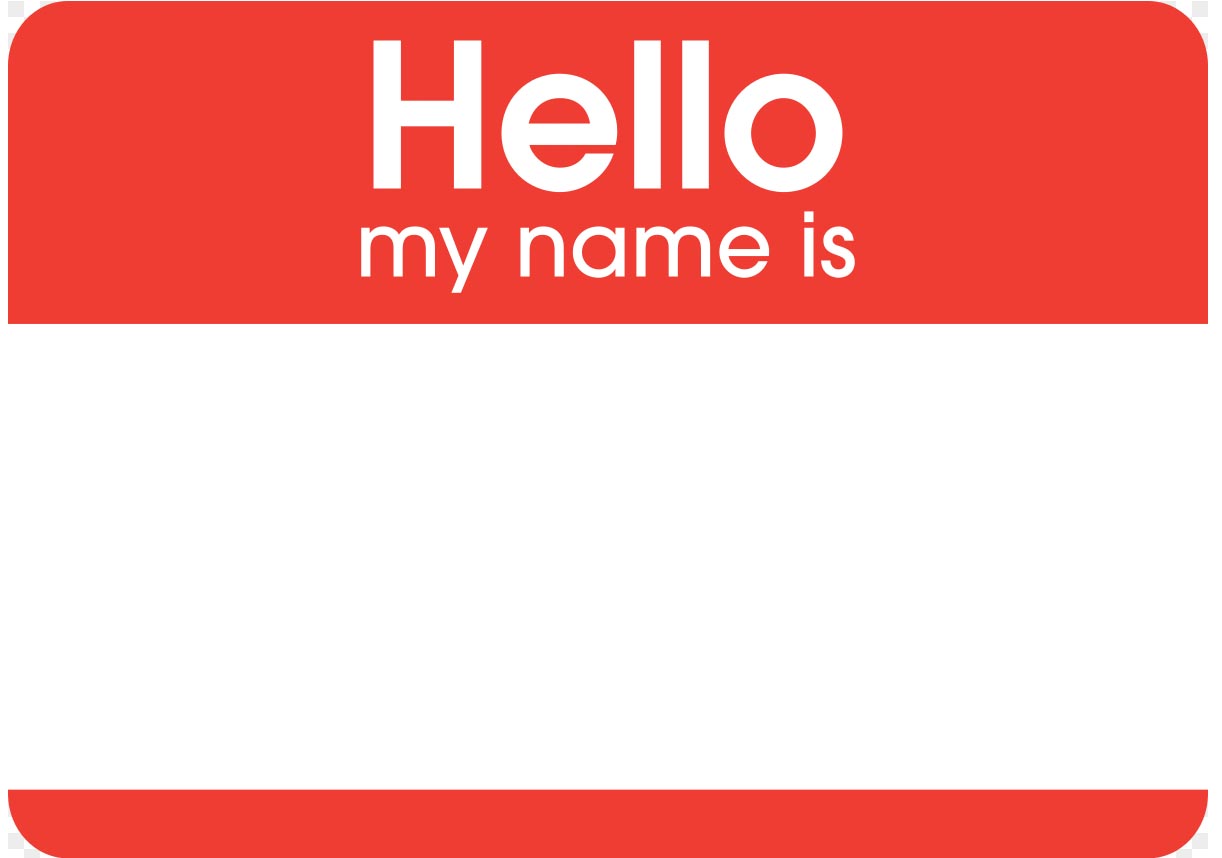
When you think about it, telling someone your name is either comfortable—“it’s me”—or proves an uneasiness. And sometimes, you might ask for the name of a person—“hi, I’m…and…you are.”
And perhaps there is a pregnant moment of hesitation—like:
“really, this person isn’t going to tell me their name?”
But once something is named, it gained a new stature in perception and community, it lives on in a new way—it has a foothold, it has a place; whereas before, it might’ve been mostly an idea that floated in the mist of uncertainty. It was neither here, nor there.
An ancient principle of voice percolates the subjective empowerment of words—as vessels for improvised ideas—and the named premise of ideals. To name something, makes it visible.
I’ve written in the past—as I’d noted above—about the idea of the thing.
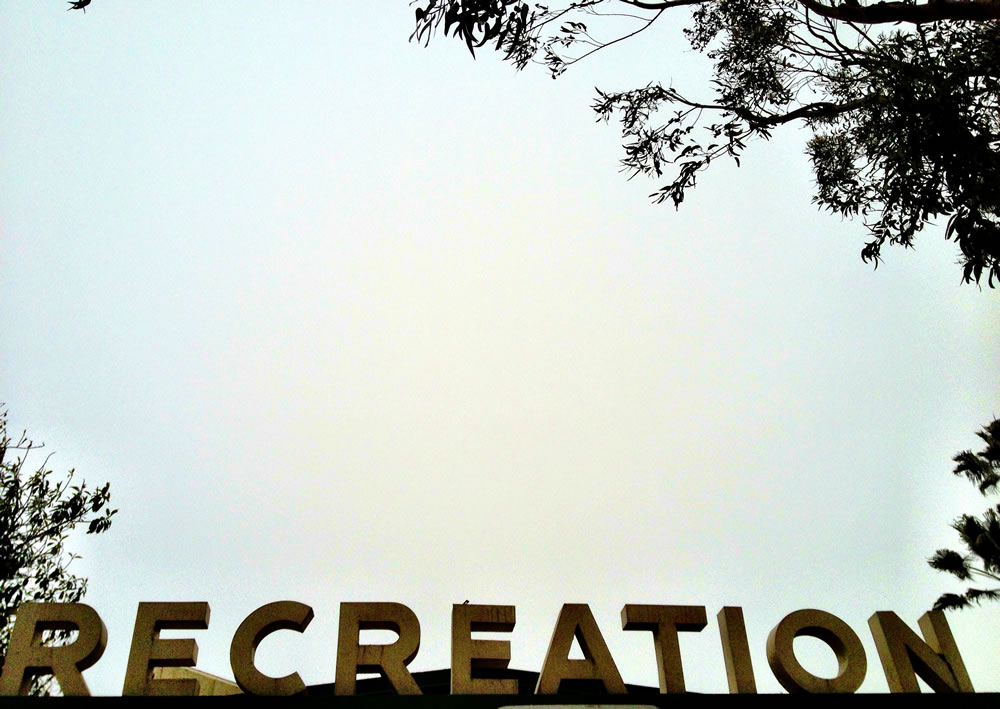
Re-creation:
Make something new—call it out, give it new life; name it.
The very name: thing, is something that speaks to a depth of meaning. Centuries back, thing was the matter of a meeting, a deliberation—an entity being discussed. Earlier — it was about time; and it might even relate to the “stretching” of time — during the time for a meeting. From the 1600s, it might’ve referenced the “unnameable” — a thingumbob (1751), thingamajig(1824). Or more recently, the hippie parlance: “do your thing.” Or pure style, fashionability, the thing — from 1762.
And in Iceland, it’s the center of a giant natural reserve, Thingvellir—the meeting place.
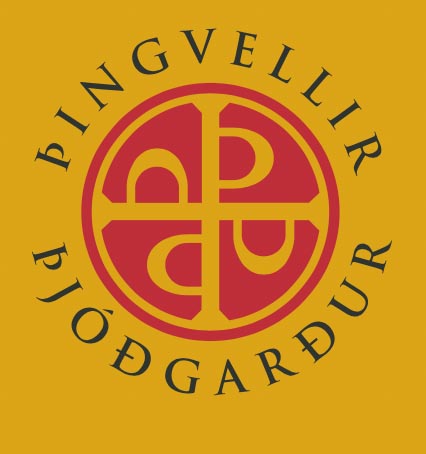
Names—the development of naming solutions as part of a brand program are among the most difficult. It’s because of one thing, pardon the repetitive nuance: names, as part of something being “read” or spoken are levels of some of the most subjective—the savoring, the study, the read and voiced rendering of a thing, as a name—is personal.
People react viscerally, their review comes with baggage—a name is a name; but in that they are far more important; the name could be, shall be, the heart of the brand—it’s the Google, the Amazon, the Apple. One could say it’s “only a name,” but it’s everything. Say it, and you’re there; read it, and you know it. (Naming, and the ancient legacy of the word—the nomen, speaks to the mystical naming of an entity; it’s not merely voicing a “title” it is about calling forth the power of that thing—or, the being that resides in that thing. To add to the measure—our idea of etymology comes from that selfsame ancient index—the etymon being the true name of the thing. And in that voicing, the invoking or invocation — that spirit just might come forth. This comes to a study of the legacy of the ancient “namegivers”—as in: “taken to have been put there by the ancient namegivers: giving an etymology is thus a matter of unwrapping or decoding a name to find the message the namegivers have placed inside.”
Back to earth please: but in that challenge—the seeming ease of developing a name—
there are numerous burdens of proof in their survival.
Rules of the naming game might be simplistically framed as:
NAMING REFERENCES—ALLEGORICAL AND SYMBOLIC NAMING TREATMENTS
• It’s metaphorical—there’s something in the character that lends to a hidden meaning that resonates deeply to the listener.
Amazon
river flows.
• It means what is being done—there’s a mission, a promise, and the name fulfills it.
Shake Shack
shakes.
• There is a code, the naming strategy is a “secret language, which must be shared and identified for others outside the circle.
Red Giant
strides.
• The name is combinant—it gathers components and
unites them in a differing context.
VoiceStream
vocalizes.
• It’s part of a numerical coding.
BMW Series 1.
• There is a story, it might be hidden, but there is a conceptual bridge to legacy.
Apple
rolls.
• A person, connected to the foundation.
She is:
Lynda.com

[now a LinkedIn learning proposition.]
DESIGNING NOMENCLATURE STRATEGIES
In an approach towards defining the right strategy for naming think about:
The architecture of naming—is this name to be used in the criteria of other, extant names?
Relevance, along with resonance and relationship strategies would be a critical tactical underpinning.
Visualization—the name should be considered in the context of sight; how it looks, or shall look, will be an important reference.
Ease—answering the phone, written and read, the aural character, this easeful fluency will be an important measure.
Conceptual foundation—it’s desirable that there is a story, a concept bridging between the idea of the name and the foundation of its reasoning—“we’ve got a new name, and we named ourselves this—we’re proud of the new us.”
Trendiness—there are trends that roll in the landscape of naming solutions; these trends nearly can be tracked as a kind of strata in the history of naming development, from the directness of International Business Machines to the seeming oddness of Google.
Unique proposition—the idea of alignment to distinction, in framing the “onliness” or character of distinctiveness, as well as owned uniqueness will support definition in the market.
The first formal naming solution I was involved in directing came from Jeff Brotman, a co-founder of Costco—he was looking for a new name for a string of skin care products and their retail real estate in a sequence of stores. This was a combinant strategy, looking for metaphors—all natural products and an invented word.

The added question might be the alignment of strategy to long-term staying power; brands come and go; and few have the strength to endure for decades, while others last for centuries; thus the notion of the management of a well-strategized and maintained naming pathway.
Here today, energetically vital; and tomorrow—something new. Some added groupings of names from GIRVIN’s Ideator® team, over decades of efforts.

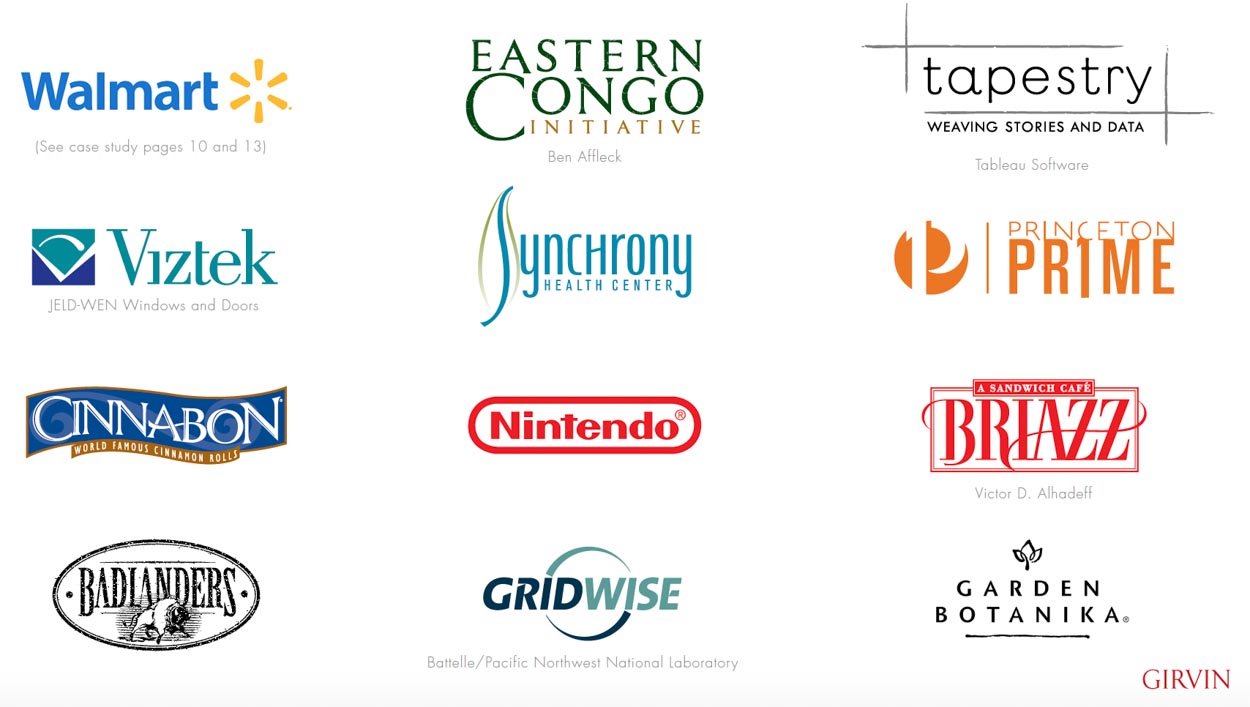
Other recent efforts?
Walmart.com = Viathon Bicycles

And Walmart.com’s home furnishings line, named by GIRVIN’s Ideator®.

And you might ask, what naming program are you most proud of? Probably the brand workshop outcomes from a collaborative session with IBM, Motorola and Apple computer, in the allegory of a core computing premise for an entire naming strategy ultimately implemented by Apple, around the RISC [reduced instruction set computing] DISK—which we aided in its formulation, branding and deployment. POWER. Which found a life in IBM, as well as Apple—at the same time—for a time. Metaphorically—even poetically, it was a great moment, and curiously, the first formalized BrandQuest® session I ever built, managed at the UnitedAirlines corporate lounge at Chicago O’Hare Airport. That outcome set Power as a core metaphor, a concrete counterpoint to an entire product line—for all three brands. Even IBM had a Power, as in PowerPersonal, the working hardware we branded and supported for team Lineene Krasnow and Nobuo Mii—
PowerPersonal Computing.


From there, Pro emerged as the new metaphor for Power.
Just like the emergence of the new ideal.
Everything changes when you’re having fun.
Or not.
tim | GIRVIN + OSEANSTUDIOS
—-
INNOVATION TEAM STRATEGIES
GIRVIN Cloudmind
